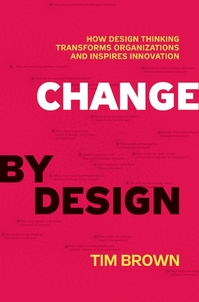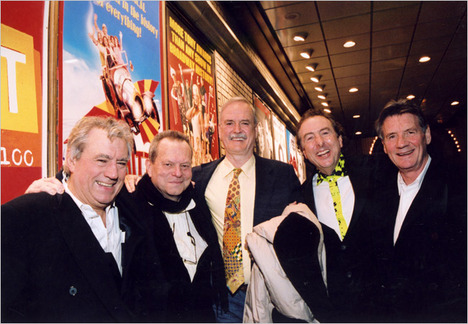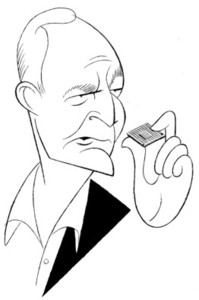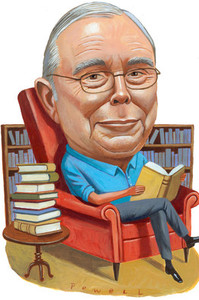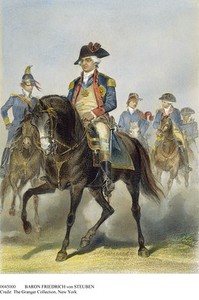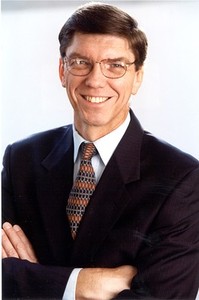We may never know if Gilder’s optimism about Takahashi’s DRAM initiative was prescient or misguided. Takahashi died of pneumonia at age 60 in 1989, the same year that Gilder’s Mircocosm book was published. (Takahashi’s successor abandoned the DRAM initiative.)
(p. 154) Many experts said it could not be done. DRAMs represent the most demanding feat of mass production in all world commerce. None of the complex procedures is easy to automate. Automation itself, moreover, is no final solution to the problems of dust and contamination. Machines collect and shed particles and toxic wastes nearly as much as people do. Chip experts derided the view that these ten-layered and multiply patterned electronic devices, requiring hundreds of process steps, resembled ball bearings in any significant way.
Takahashi knew all that. But experts had derided almost every decision he had made throughout his career. “Successful people,” he says, “surprise the world by doing things that ordinary logical people (p. 155) think are stupid.” The experts told him he could not compete in America with New Hampshire Ball Bearing. He ended up buying it. The experts and bankers had told him not to build his biggest ball-bearing plants in Singapore and Thailand. Those plants are now the world’s most productive. The experts told him not to buy two major facilities in the United States, full of obsolescent equipment and manned by high-priced workers. But those facilities now dominate the American market for precision ball bearings. Now the experts told him he couldn’t make DRAMs. He knew he could. “If I listened to logical people,” he says, “I would never have succeeded.”
Source:
Gilder, George. Microcosm: The Quantum Revolution in Economics and Technology. Paperback ed. New York: Touchstone, 1990.


